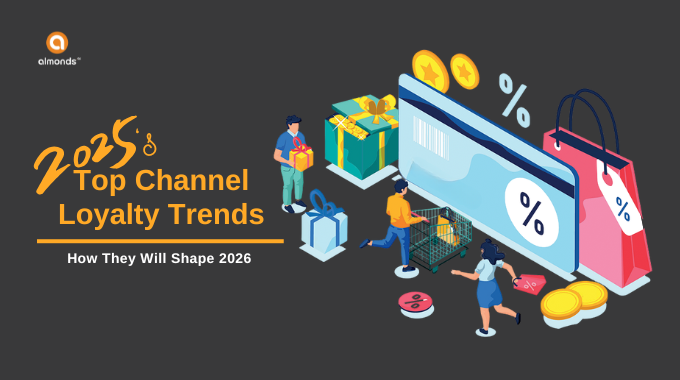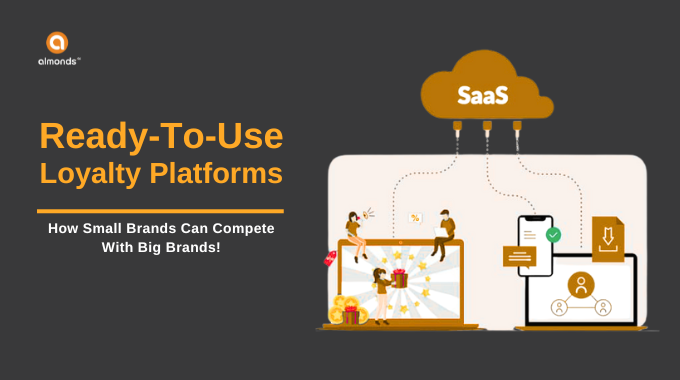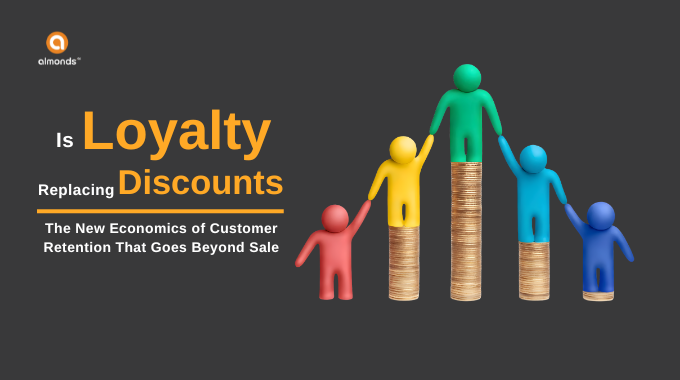Businesses are increasingly turning to loyalty programs as a strategy to drive customer retention, enhance engagement, and build long-lasting relationships. However, with changing customer expectations and the dynamic nature of these regions, managing and optimizing loyalty programs has become a complex task for many brands. From ensuring data privacy and compliance to overcoming fragmented data sources, businesses must navigate various challenges to deliver truly effective loyalty experiences.
In this blog, we’ll explore the top challenges faced by brands loyalty programs in the Middle East and offer practical strategies for overcoming these obstacles to achieve lasting success.
Key Challenges in Managing Loyalty Programs
As loyalty programs grow in popularity across the UAE and Middle East, businesses face several challenges in managing them effectively. From navigating complex data privacy laws to understanding diverse consumer behavior, staying agile is key. Below, we outline the key challenges brands face and strategies to address them.
1. Data Privacy and Compliance Concerns
As data privacy regulations like GDPR and CCPA grow more stringent, businesses in the UAE and Middle East must ensure that their loyalty programs comply with these evolving laws. Collecting and storing customer data poses a major challenge, particularly for businesses operating in multiple regions with different data protection laws.
2. Customer Engagement Fatigue
Consumers today are bombarded with loyalty programs from nearly every brand they interact with. As a result, many customers experience loyalty fatigue—overwhelmed by complex programs with little perceived benefit. This leads to disengagement, with customers either ignoring loyalty offers or simply losing interest.
3. Fragmented Data and Measurement Challenges
With multiple touchpoints, channels, and departments involved in the customer journey, measuring the effectiveness of loyalty programs can be a complex task. Fragmented data sources make it difficult for businesses to track and attribute success across various channels and understand the real impact of their marketing efforts.
4. Ineffective Customer Segmentation
Many businesses fail to adequately segment their customers based on transactional and behavioral data. Without proper segmentation, businesses cannot tailor their loyalty offerings effectively, resulting in lower customer satisfaction and retention.
5. Unclear Value Propositions
As loyalty programs become more complex, customers often find it difficult to understand rewards’ value. A lack of transparency in reward structures and how points are accumulated and redeemed can confuse customers, reducing their engagement with the program.
6. Inefficient Resource Allocation
Choosing the right marketing channels and optimizing resource allocation can be challenging, particularly when businesses don’t have clear insights into where their efforts are driving the most impact. This leads to wasted resources and suboptimal ROI.
Strategies to Boost Loyalty Program Success
Now that we’ve identified the key problems facing businesses, let’s discuss the strategies that can help overcome these challenges and enhance the effectiveness of loyalty programs in UAE and Middle East.
1. Implementing a Privacy-First Approach
To address data privacy concerns, businesses should adopt a privacy-first approach to ensure customer trust. This means prioritizing first-party data, being transparent about data collection practices, and staying updated with regulatory changes. Clear communication about how customer data is collected, stored, and used will help businesses stay compliant and build a loyal customer base.
2. Fostering Customer Engagement with Personalized Rewards
To avoid customer engagement fatigue, brands should focus on providing personalized, relevant rewards that resonate with their audience. Implementing AI-powered personalization can tailor loyalty offerings to the unique preferences and purchasing behavior of customers, making their experience more enjoyable and rewarding. Personalization can range from offering tailored discounts to sending special offers based on past purchases, helping brands stand out from the noise.
3. Unifying Data and Real-Time Tracking
To solve the issue of fragmented data, businesses can implement a Customer Data Platform (CDP) that consolidates customer information from online and offline sources. Using real-time AI-driven analytics, businesses can track key performance indicators (KPIs) and gain actionable insights. This allows businesses to measure the impact of their loyalty programs accurately and adjust strategies accordingly for maximum effectiveness.
4. Effective Customer Segmentation
By using advanced data analytics, businesses can segment their customers more effectively. Segmenting customers based on demographics, purchasing behavior, and preferences enables brands to offer highly targeted loyalty rewards that are more likely to drive engagement and repeat business. This can also help brands identify high-value customers and prioritize them with exclusive benefits or higher-tier rewards.
5. Simplifying Loyalty Program Structures
To make loyalty programs more appealing, brands must simplify their reward structures. Providing clear, transparent information about how loyalty points are earned and redeemed can prevent confusion. A user-friendly interface on mobile apps and websites, along with plain-English summaries, will help customers easily understand how the program works and what they stand to gain.
6. Optimizing Marketing Channels for Maximum ROI
To improve resource allocation, businesses should analyze customer data to determine which marketing channels are most effective at different stages of the customer journey. By using predictive analytics and intent data, businesses can allocate marketing spend wisely across the most effective channels, maximizing ROI and boosting customer engagement.
7. Leveraging Mobile-First Loyalty Programs
In the UAE and Middle East, with the increasing penetration of smartphones, businesses should consider mobile-first loyalty programs. By integrating loyalty programs into mobile apps, customers can easily track points, redeem rewards, and access exclusive offers at their fingertips. This convenience boosts participation and enhances the customer experience.
8. Building Multi-Brand Coalition Loyalty Programs
To increase customer engagement, businesses can adopt coalition loyalty programs where customers can earn and redeem points across multiple brands. This type of program is especially effective in industries like retail, travel, and telecom, as it offers consumers a broader array of rewards, making the loyalty experience more valuable. Cross-brand partnerships help increase the perceived value of the program and encourage repeat business.
Conclusion
To succeed in the rapidly evolving markets of Dubai, UAE, and the Middle East, businesses need to adopt a data-driven, personalized approach to their loyalty programs. By addressing common challenges like data privacy, customer engagement fatigue, and fragmented data, brands can build loyalty programs that are not only more effective but also more aligned with their customers’ expectations.
With the right strategy—whether it’s simplifying reward structures, leveraging AI and mobile-first solutions, or offering cross-industry rewards—businesses can create a loyal customer base that drives long-term growth. The key is to continually innovate and adapt, ensuring your loyalty program evolves with customer needs and market trends.







